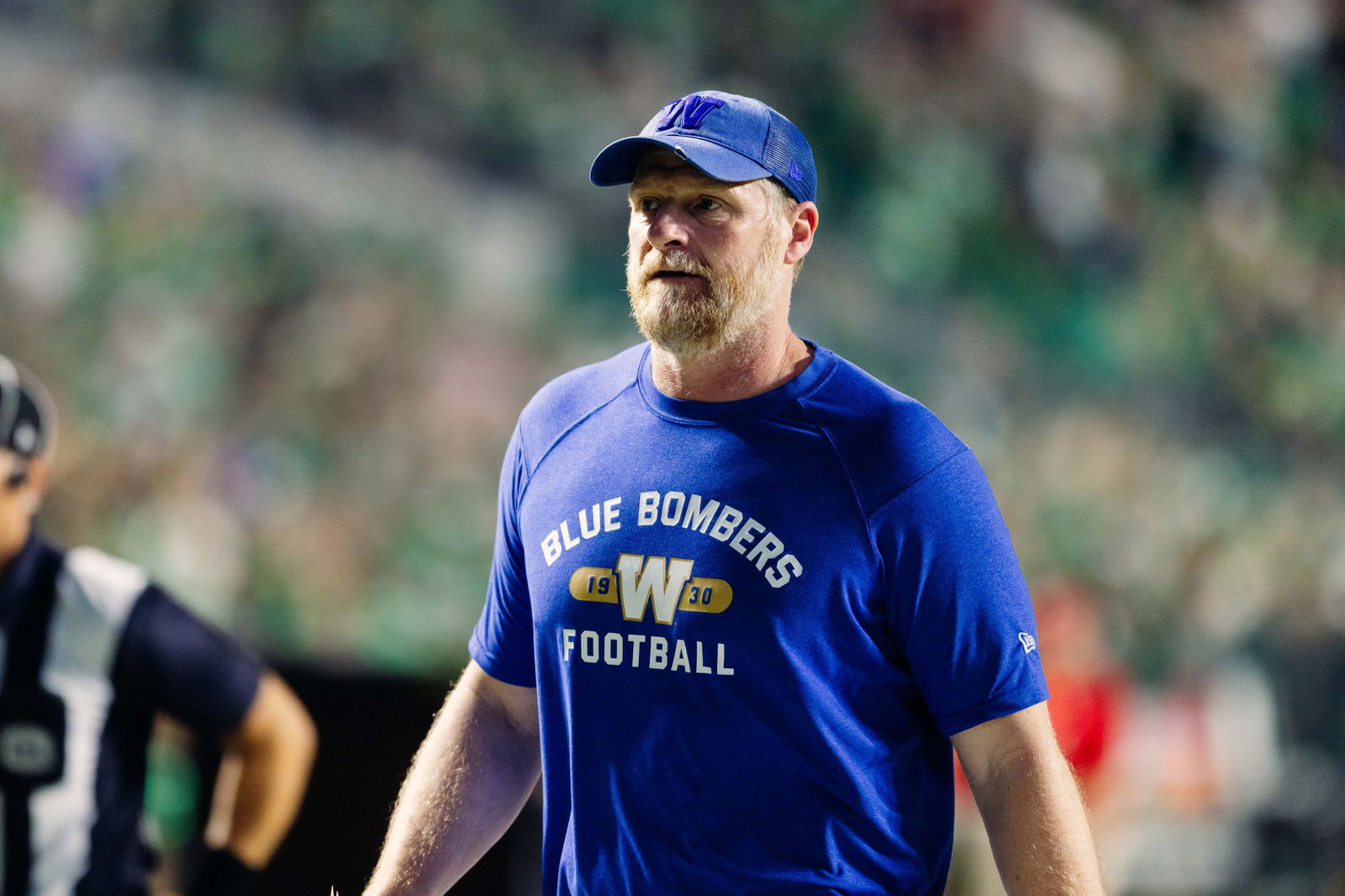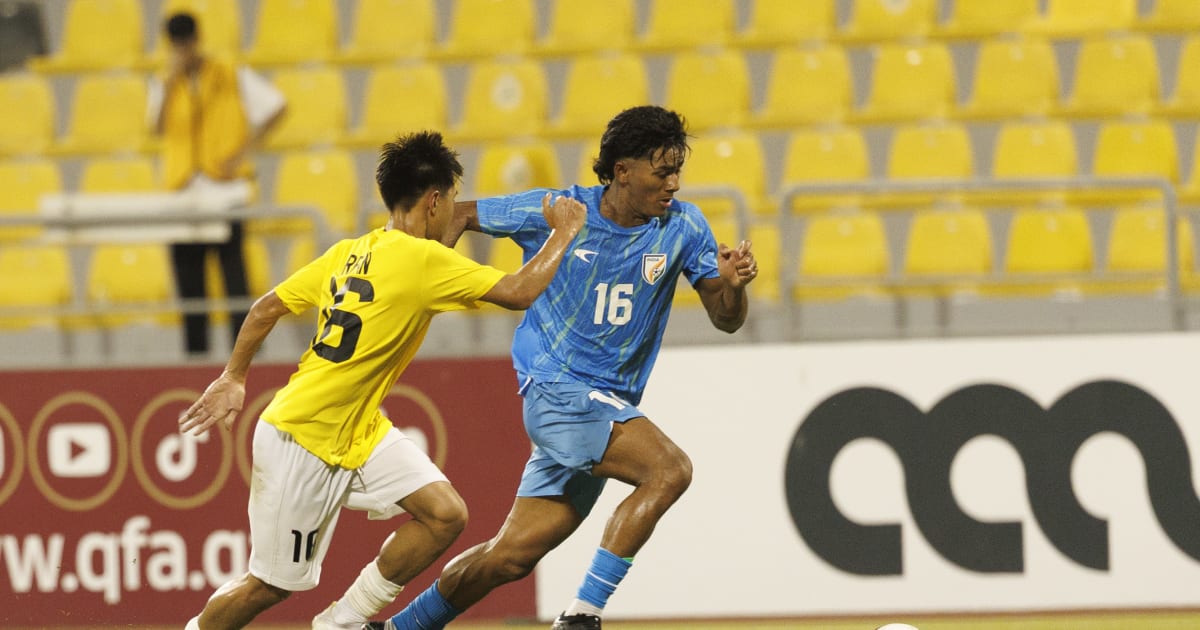Aryna Sabalenka Is The Final Boss Of The Hard Court

When Aryna Sabalenka dropped the first set of her U.S. Open semifinal against Jessica Pegula, a premature thought struck me: Would this be the greatest tennis season ever without a major title? Sabalenka held down the No. 1 ranking for the whole year thus far. She played 14 tournaments and made at least the quarterfinal in 12 of them. She arrived at the finals of the Australian Open and Roland Garros—losing both of those narrowly, and painfully—and reached the semifinals at Wimbledon. I would have wanted to ask her about the colossal frustration of playing so much better than everyone else in the world, and still going Slamless. But I didn't, in the end: Sabalenka recovered in the semifinal, and swept confidently through the final on Saturday, defeating one of her trickiest matchups, Amanda Anisimova, 6-3, 7-6(3), to defend her U.S. Open title and collect her fourth Slam overall.On paper, this final looked like a firefight between the two hardest-hitting players on tour, each clamoring to end the point first with a noisy winner. But reality was a little more restrained. Sabalenka scaled back her usual aggression and seemed content to go slow, hitting the ball with good shape and depth but not flirting with the sidelines, instead daring the No. 8 seeded Anisimova to go bigger. This turned out to be the correct approach, because while the American had a few brilliant passages of play, she couldn't keep those deep flat missiles inside the lines. Anisimova had recently beaten Sabalenka at Wimbledon, and had led the all-time matchup, 6-3, with most of those matches dating back to the era before Sabalenka vaulted into the tour elite.Rarely, if ever, is Sabalenka cast in the role of calm counterpuncher—only 13 winners in the match, compared to Anisimova's 22—but she read her opponent and navigated the match tactics perfectly. "Going into this match, I knew that it's going to be very fast game, very aggressive," Sabalenka said afterward in press. "I was just trying to stay as low as possible, and I was just trying to put that speed, that pressure back on her and see how she can handle it." Her coach Anton Dubrov told journalist Ben Rothenberg that it's hard for Sabalenka to play outside of her natural aggressive mode, but they're still working on it. Her progress is already good enough to control a major final front-to-back. Despite one hiccup while trying to serve out the match in the second set, Sabalenka dominated the tiebreak—which was, incredibly, her 19th consecutive tiebreak won.While Sabalenka and Anisimova stand out on tour for the raw power of their groundstrokes, this match foregrounded the biggest difference in their games: the quality of serving. Sabalenka, who worked with a biomechanics specialist to repair her conspicuously busted serve back in 2022, won her standard 61 percent of points on serve on Saturday, exactly her average over the last year. Anisimova's own serve looked more like a vulnerability. She won only 48 percent of points on serve, largely due to an abysmal 36 percent on second serve. Anisimova observed after the match that when she was tossing the ball to serve, she had struggled to see the ball under Arthur Ashe Stadium's closed roof with the daylight filtering through. "Starting from the warmup, I was, like, this is really going to be a problem for me. I didn't know what to do," she said. But by making back-to-back major finals and avenging her Wimbledon rout along the way, the former prodigy has now proven herself a major contender in her prime, which appears to be beginning now, at age 24.It was a clean fortnight for Sabalenka, who benefited from one walkover in the quarterfinal but overall dropped just one set en route to the title, extending her reign over the hard courts. That surface-specific dominance is best understood through one of her most impressive stats: This was her sixth consecutive hard court major final. For the foreseeable future, Aryna Sabalenka can be penciled into the final in Melbourne and New York. She is known for the rickety, emotional turbulence of her matches, but there's also something to be said for her nearly unprecedented consistency once she's arrived on her favorite surface.











